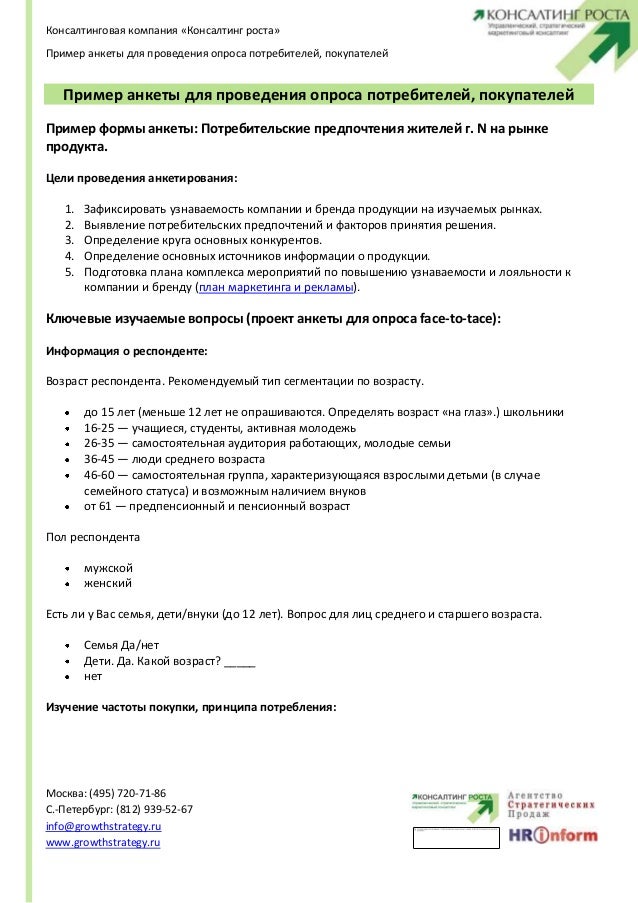Anketirovanie Sotrudnikov Primer

Necrotizing vasculitis also called Systemic necrotizing vasculitus (SNV) is a category of vasculitis, comprising vasculitides that present with necrosis. [3] Examples include giant cell arteritis, [4] microscopic polyangiitis, and granulomatosis with polyangiitis.
Necrotizing vasculitus Necrotizing vasculitis also called Systemic necrotizing vasculitus ( SNV) is a category of, comprising vasculitides that present with. Examples include,,. Uses the variant 'necrotizing vasculopathy'., while classifying these conditions together, doesn't use a dedicated phrase, instead calling them 'polyarteritis nodosa and allied conditions'.
When using the influential classification known as the 'Chapel Hill Consensus Conference', the terms 'systemic vasculitis' or 'primary systemic vasculitides' are commonly used. Although the word 'necrotizing' is omitted, the conditions described are largely the same. Contents • • • • • • • • • • • • Classification [ ] Large vessel vasculitis [ ] Giant-cell arteritis and Takayasu's arteritis have much in common, but usually affect patients of different ages, with Takayasu's arteritis affecting younger people, and giant-cell arteritis having a later age of onset.
Can also be considered a large-vessel disease. Primarily affects the and its main branches. At least 3 out of 6 criteria yields sensitivity and specificity of 90.5 and 97.8%: • onset 4 kg • • testicular pain • myalgias, weakness • Abdominal pain, diarrhea, and GI bleeding • mononeuropathy or polyneuropathy • new onset diastolic blood pressure > 90 mmHg • elevated serum BUN (> 40 mg/dL) or serum creatinine (> 1.5 mg/dL) • hepatitis B infection • arteriographic abnormalities • arterial biopsy showing polymorphonuclear cells. Usually in children(age 1.5 cm) Isolated. Affects medium and small arteries over a diffuse CNS area, without symptomatic extracranial vessel involvement. Patients have CNS symptoms as well as cerebral vasculitis by angiography and leptomeningeal biopsy. Small vessel vasculitis [ ] There are several vasculitides that affect small vessels.
Pauci-immune [ ] ( GPA; formerly known as Wegener's granulomatosis). Systemic vasculitis of medium and small arteries, including venules and arterioles.

Produces granulomatous inflammation of the respiratory tracts and necrotizing, pauci-immune glomerulonephritis. Most common cause of saddle nose deformity in USA (nose flattened due to destruction of nasal septum by granulomatous inflammation). Almost all patients with WG have c-ANCA, but not vice versa. Current treatment of choice is cyclophosphamide.
Rossiaorg devochki spasut mir. At least 2 out of 4 criteria yields sensitivity and specificity of 88 and 92%. • nasal or oral inflammation (oral ulcers or purulent/bloody nasal discharge, may be painful) • abnormal CXR showing nodules, infiltrates, cavities • microscopic hematuria or RBC casts • vessel biopsy shows granulomatous inflammation • Peak incidence: ages 40–60, males > females ( EGPA; formerly known as Churg-Strauss syndrome). Affects medium and small vessels with vascular and extravascular. Classically involves arteries of lungs and skin, but may be generalized.